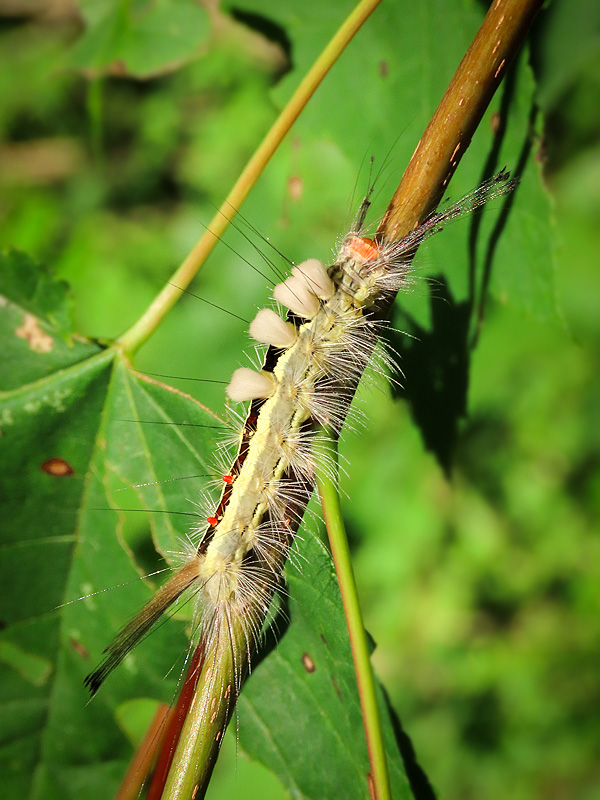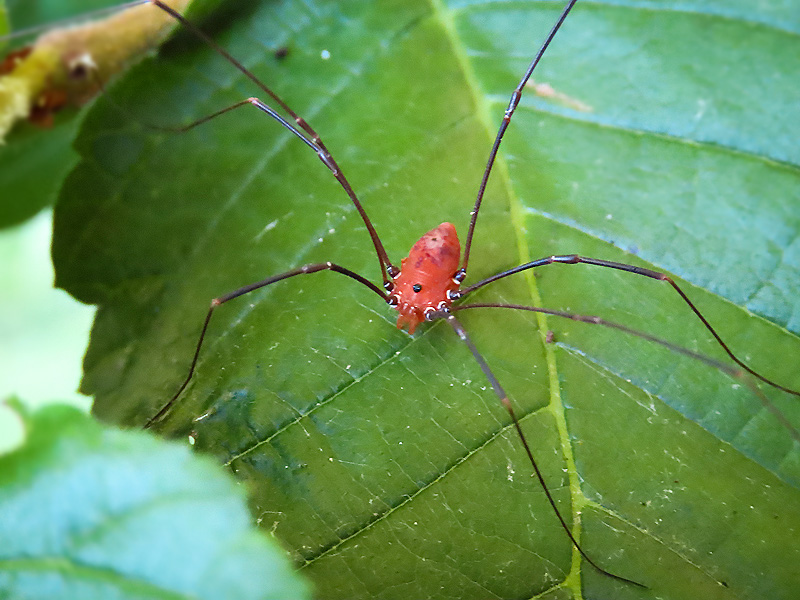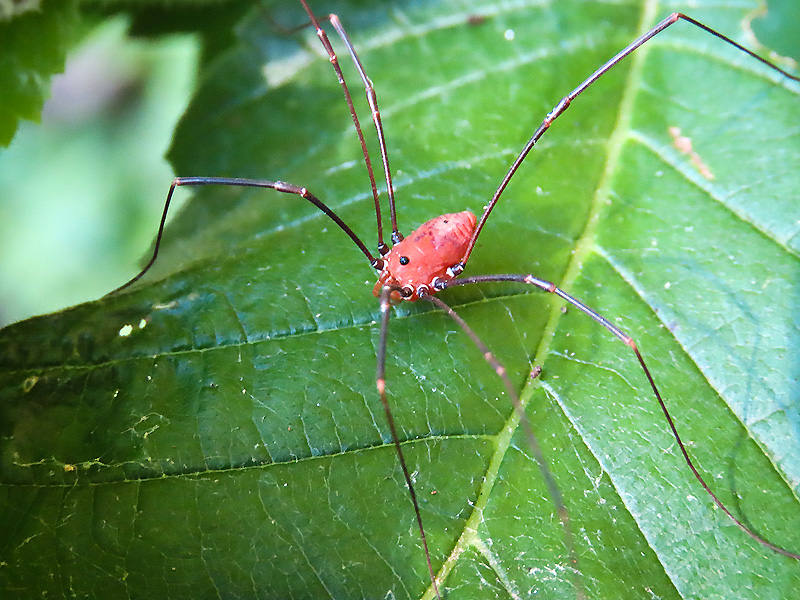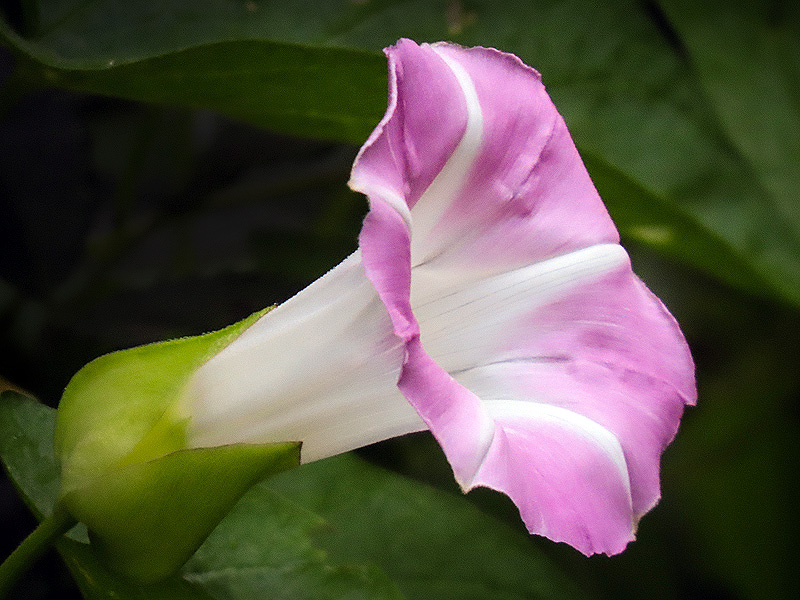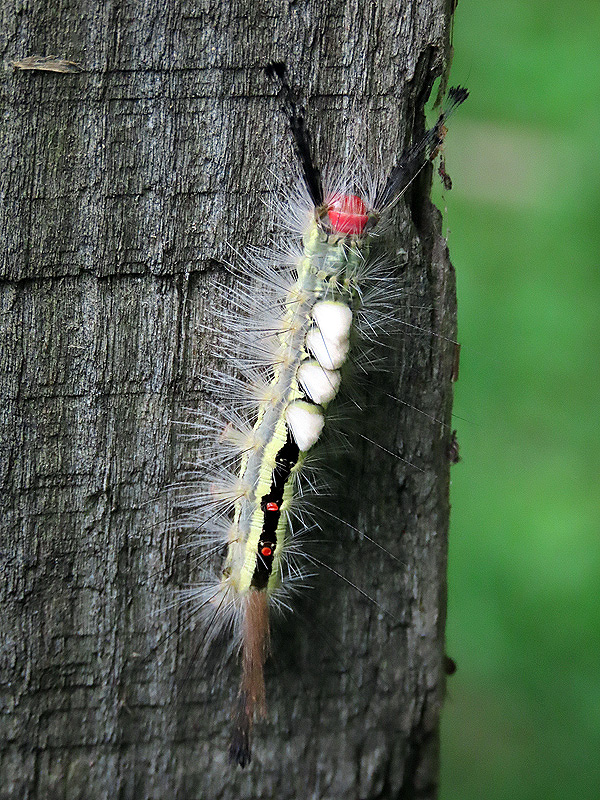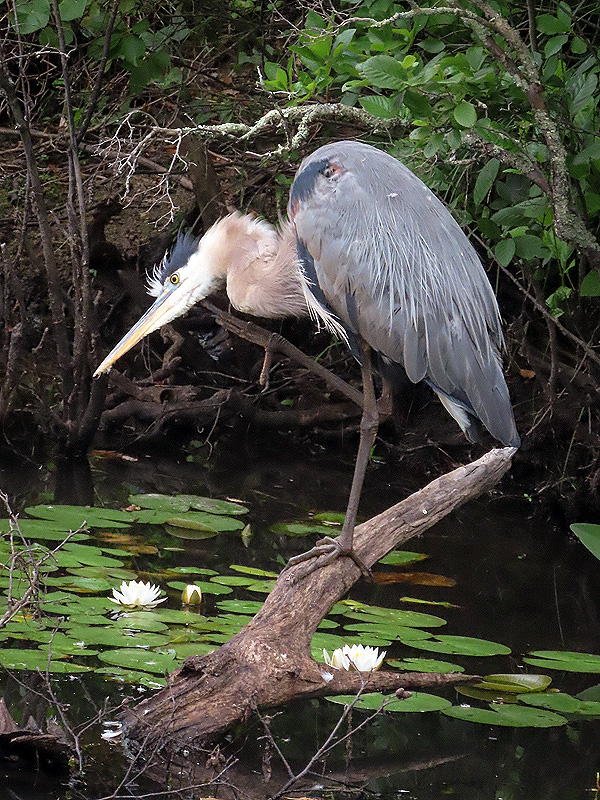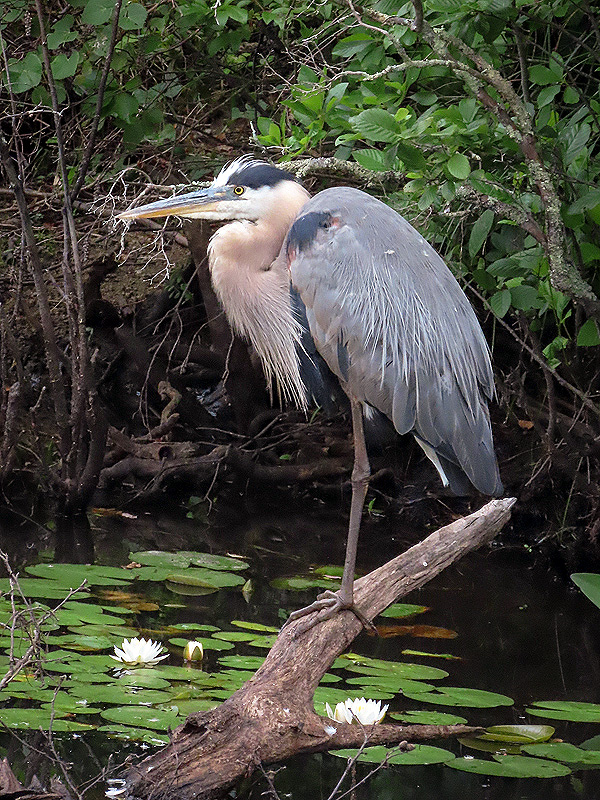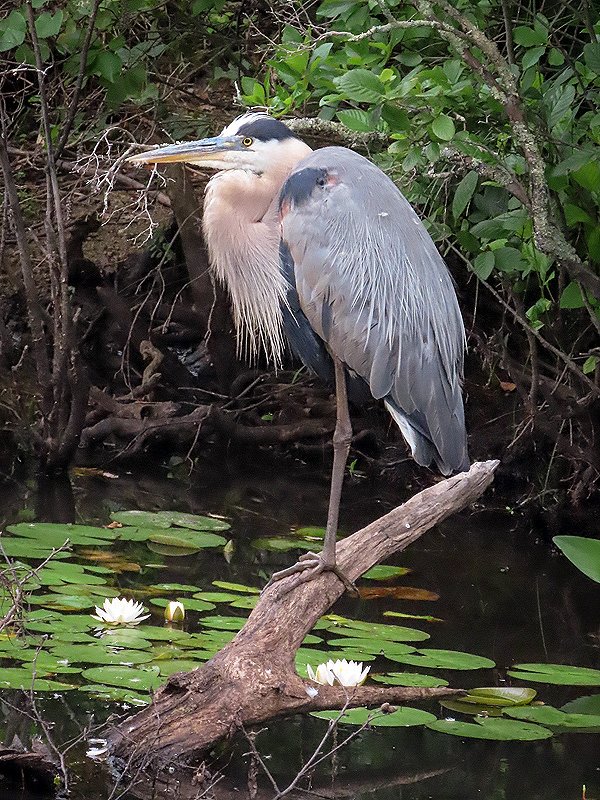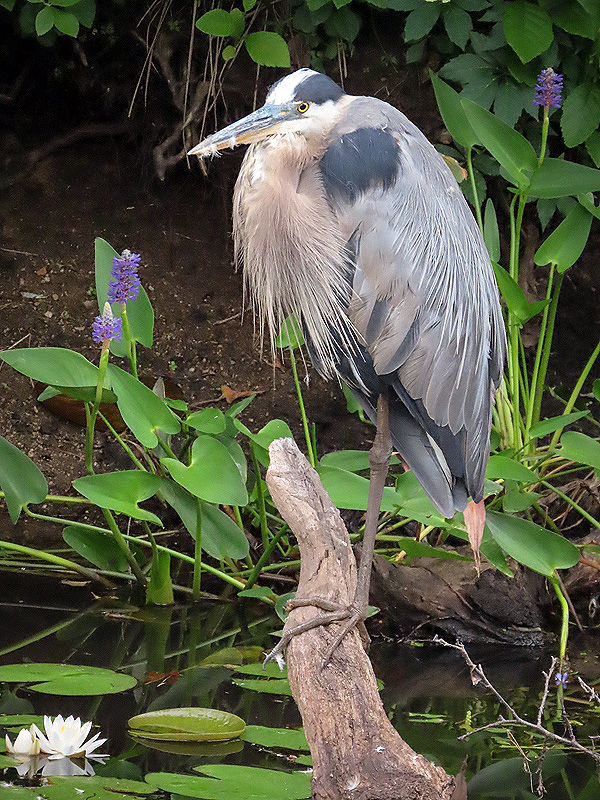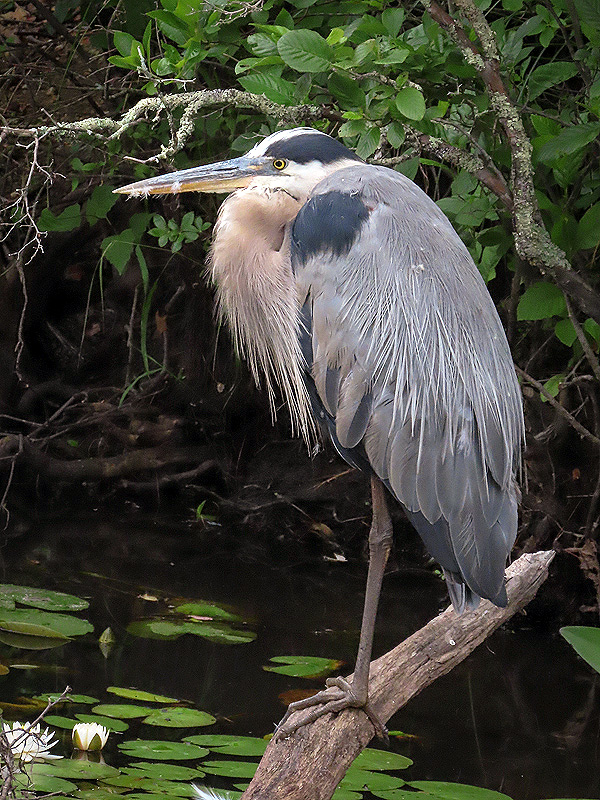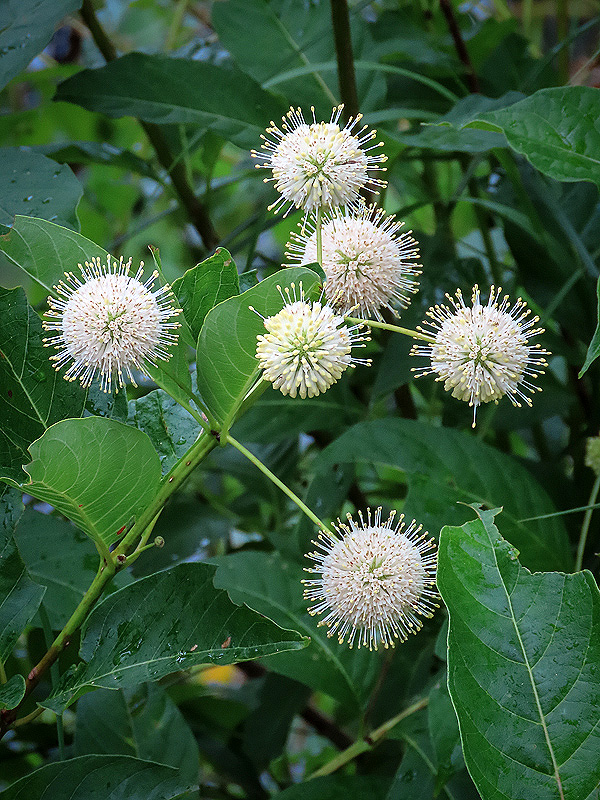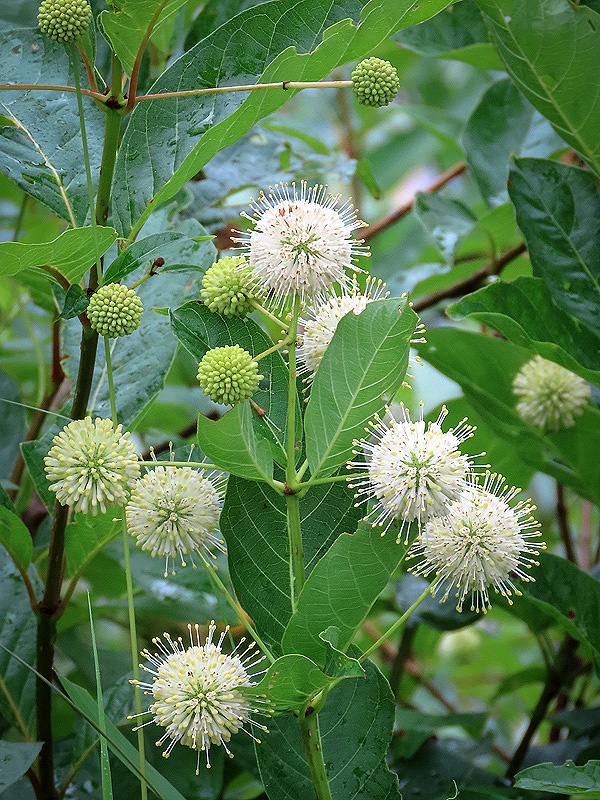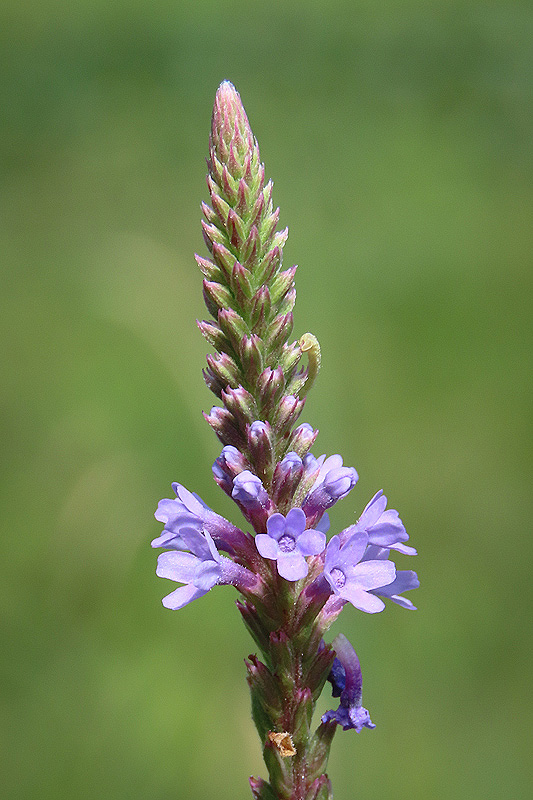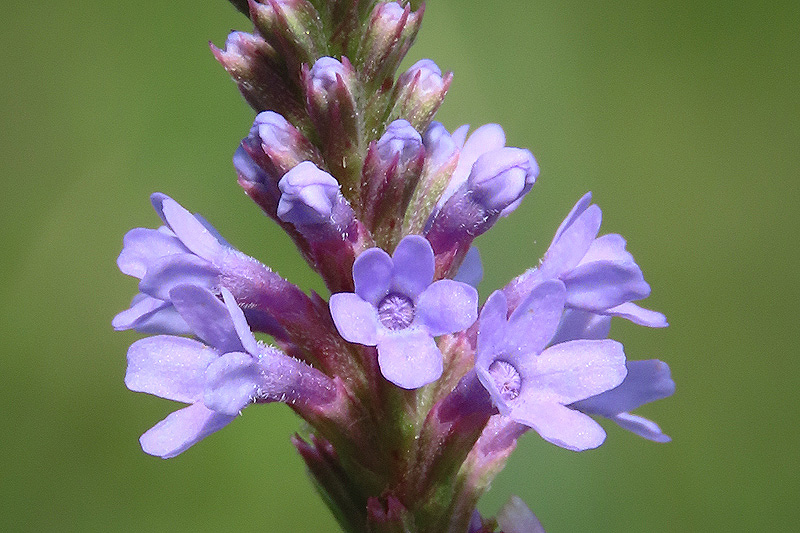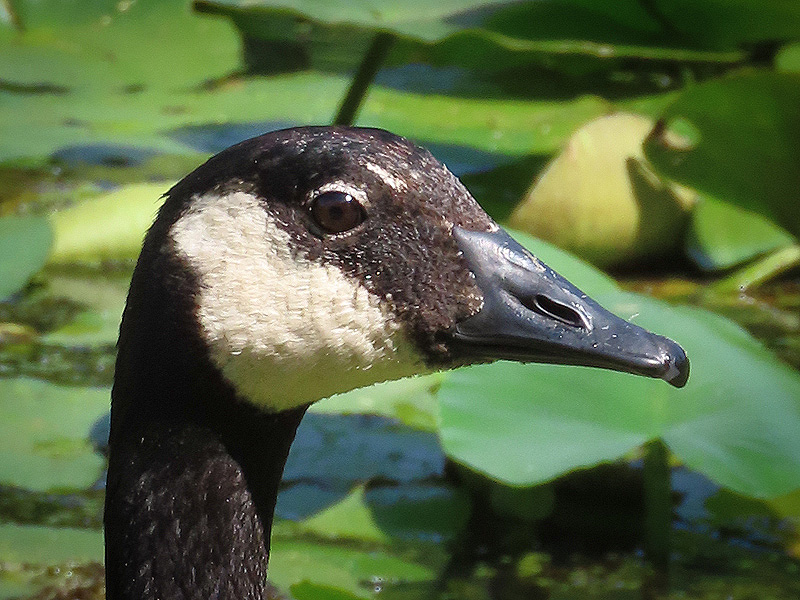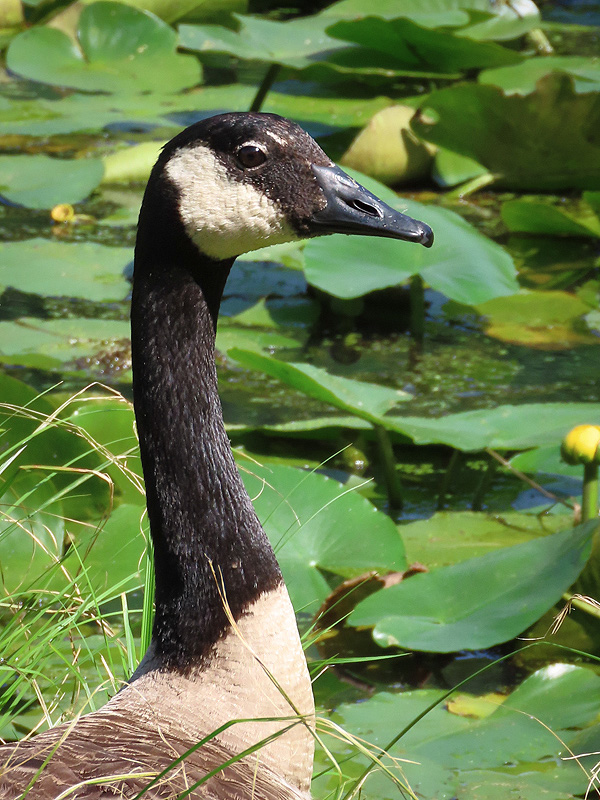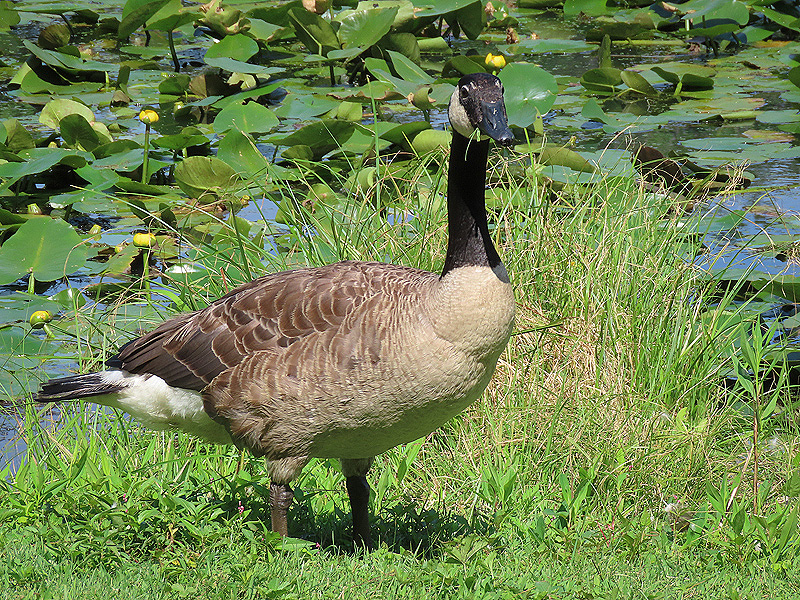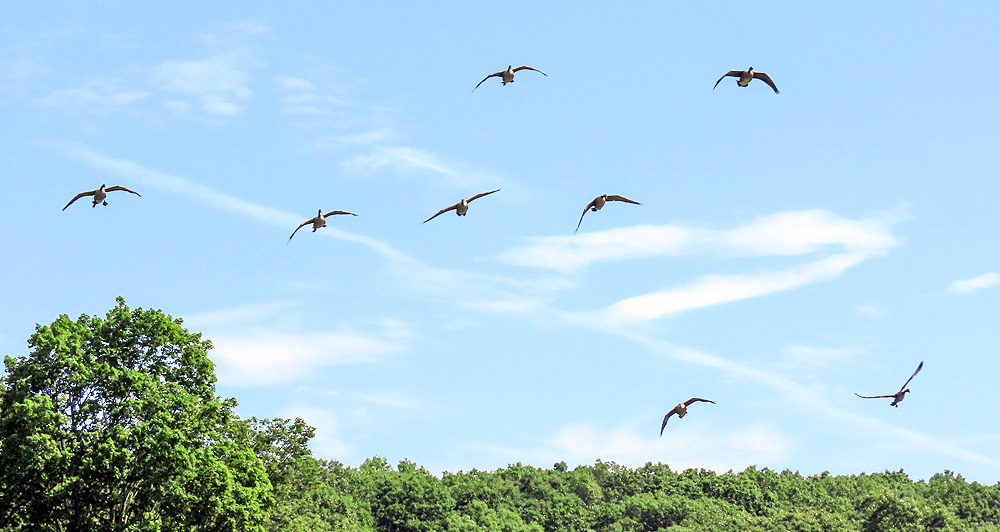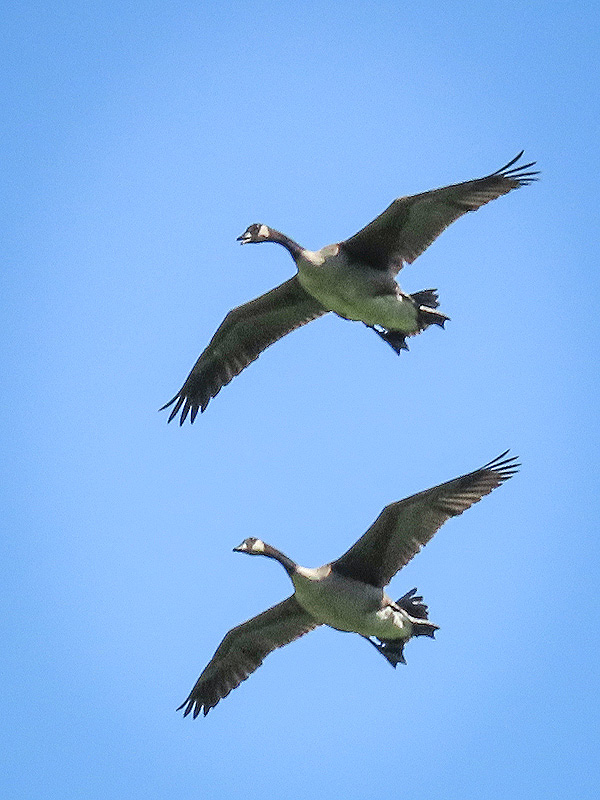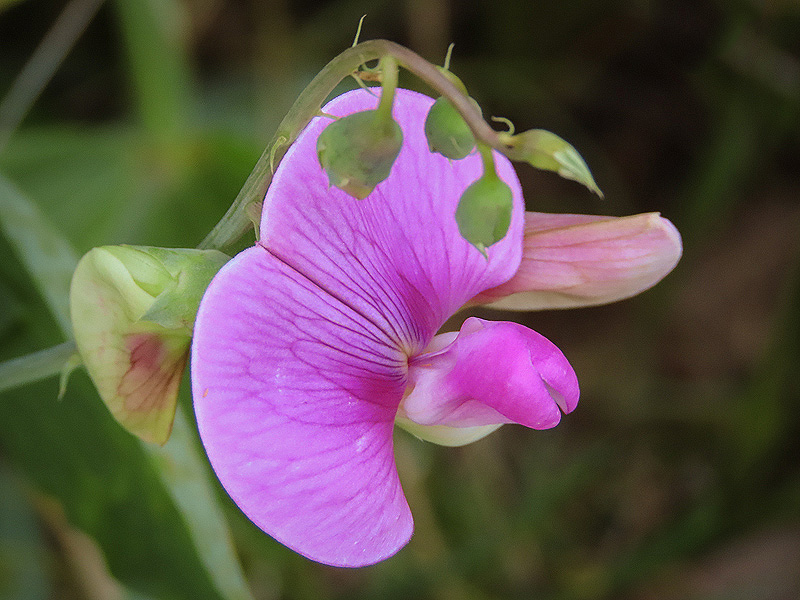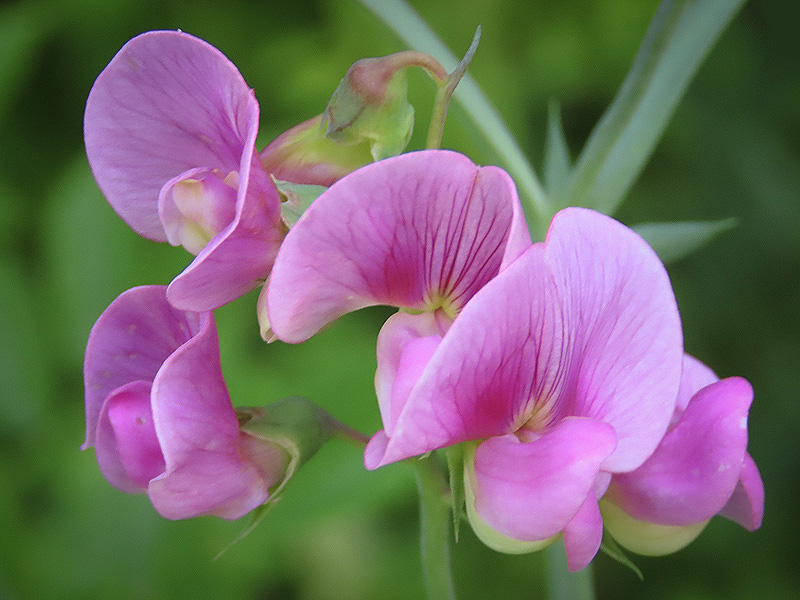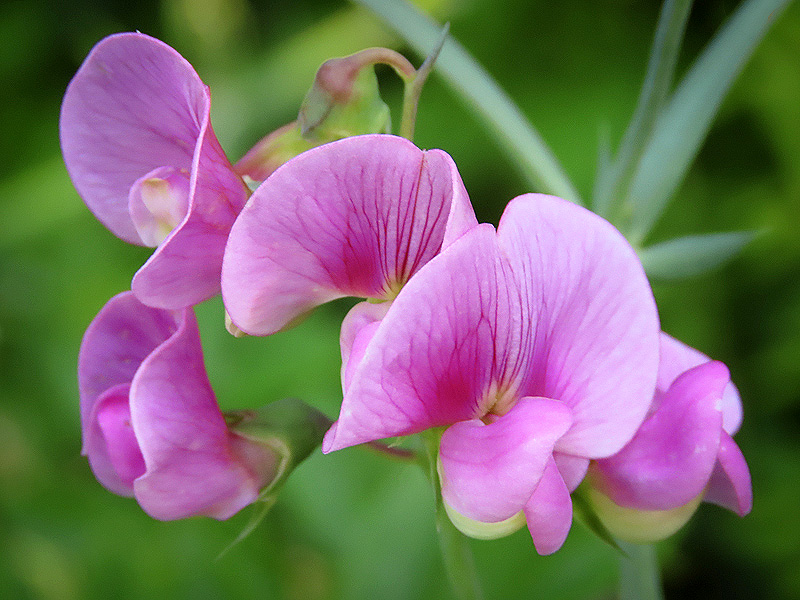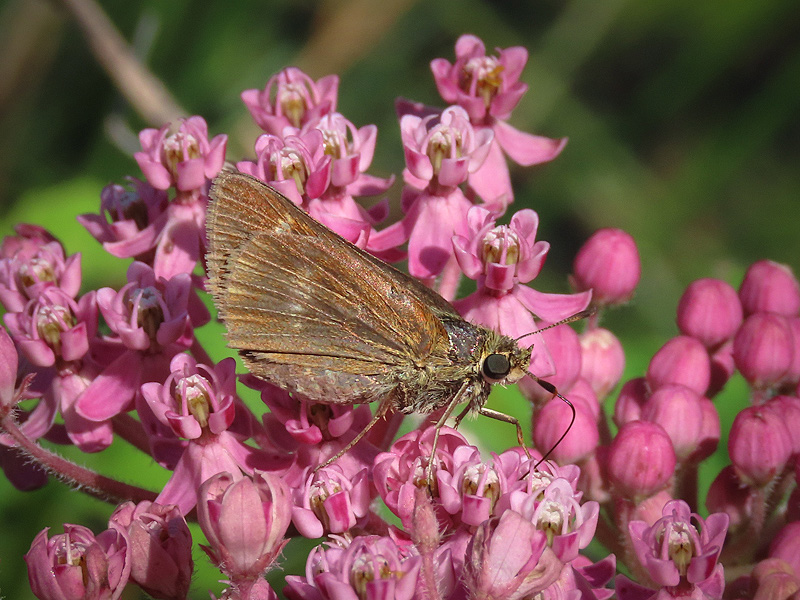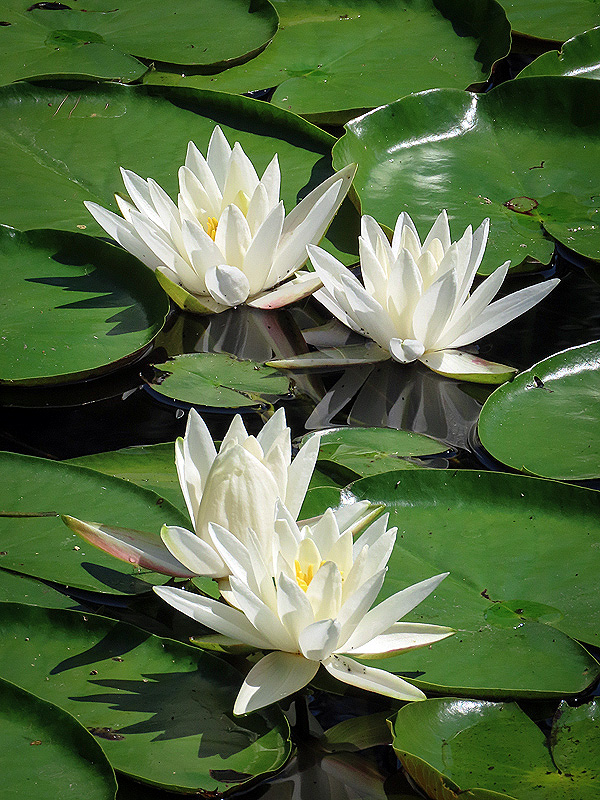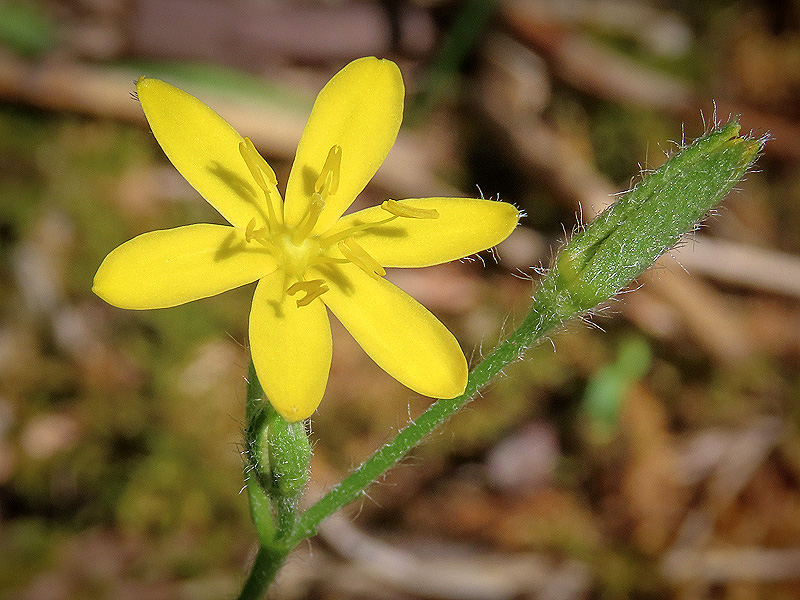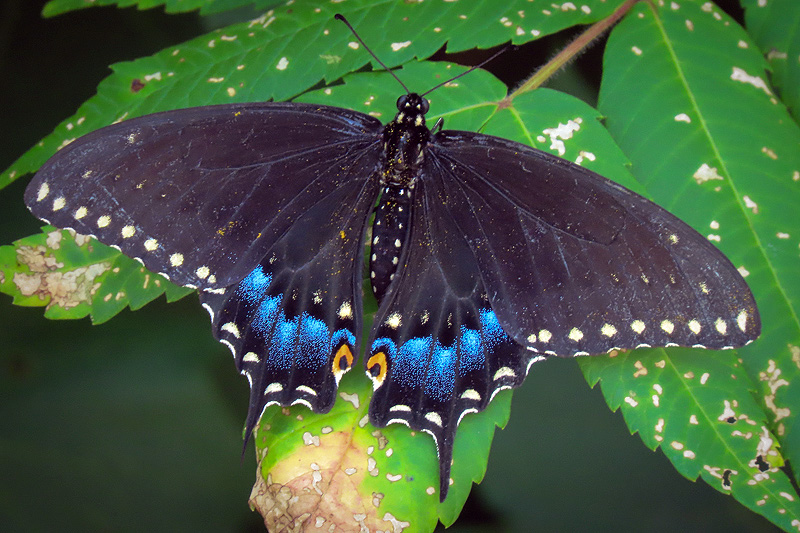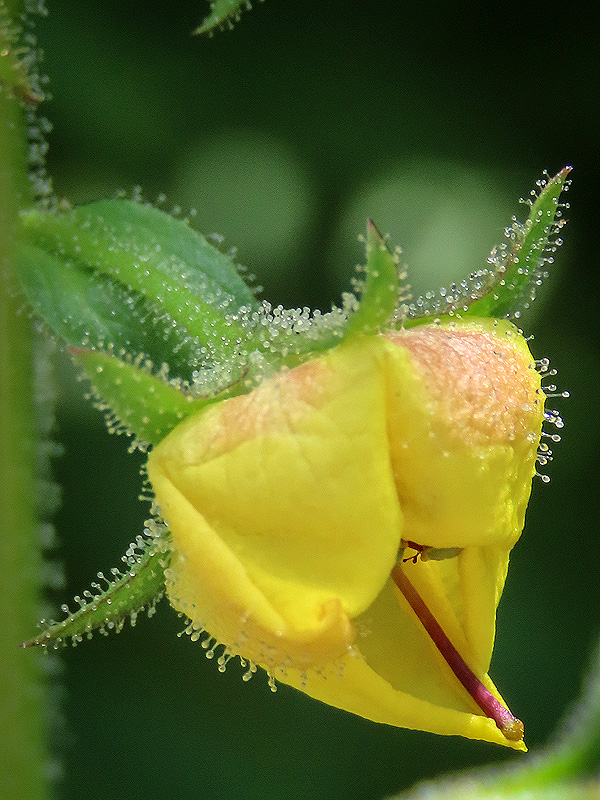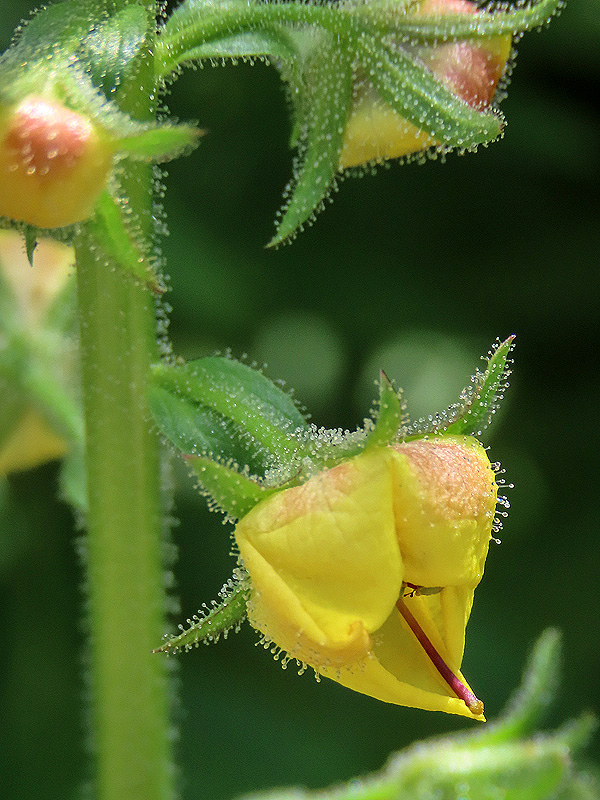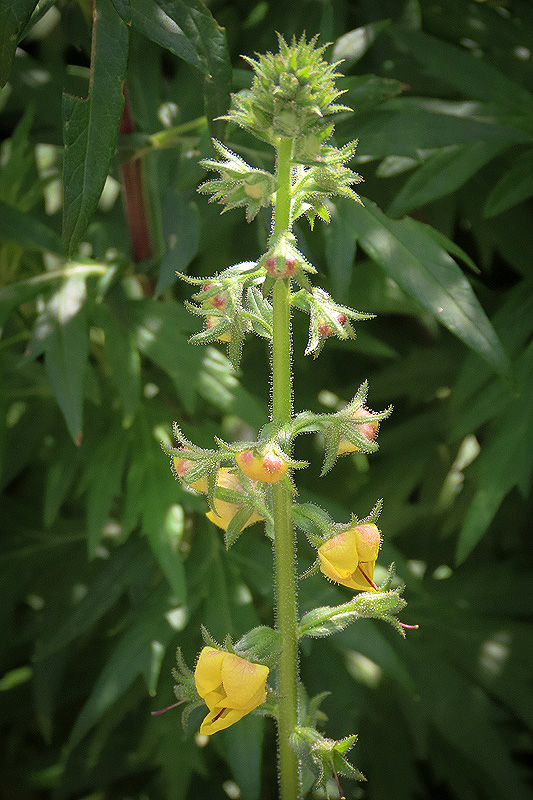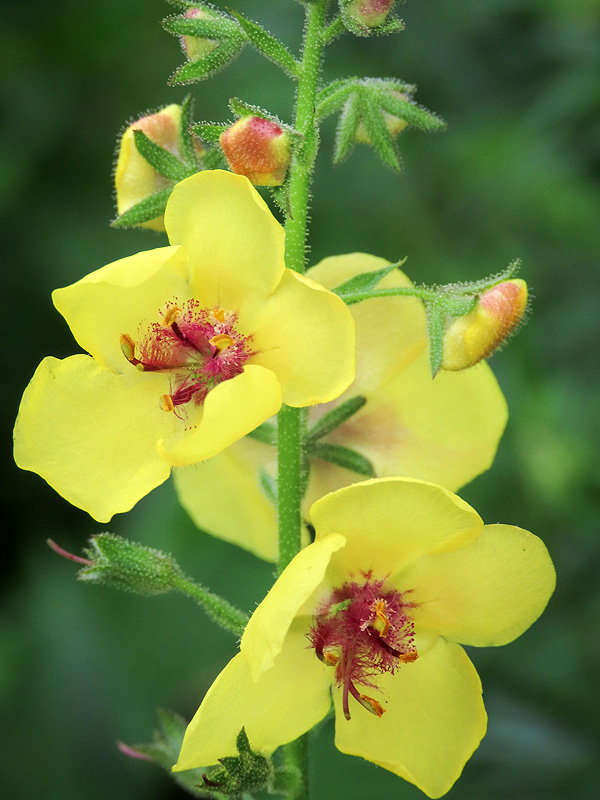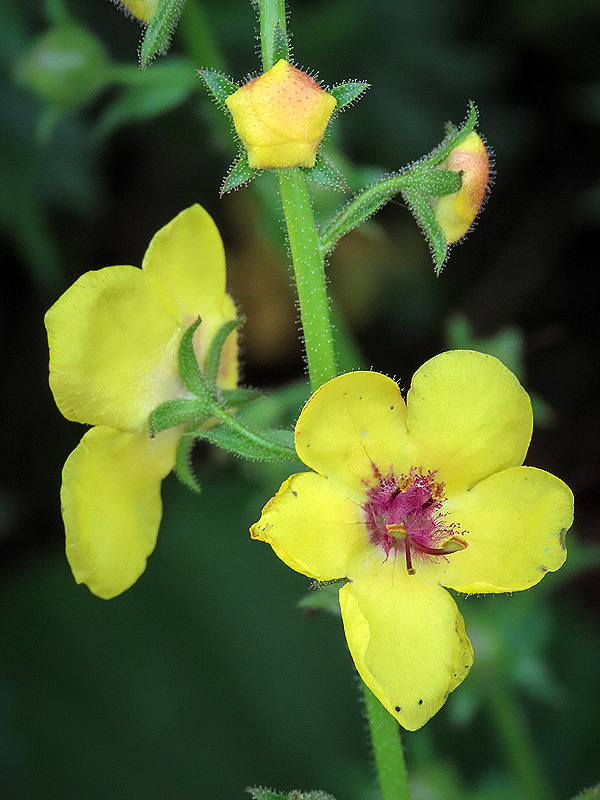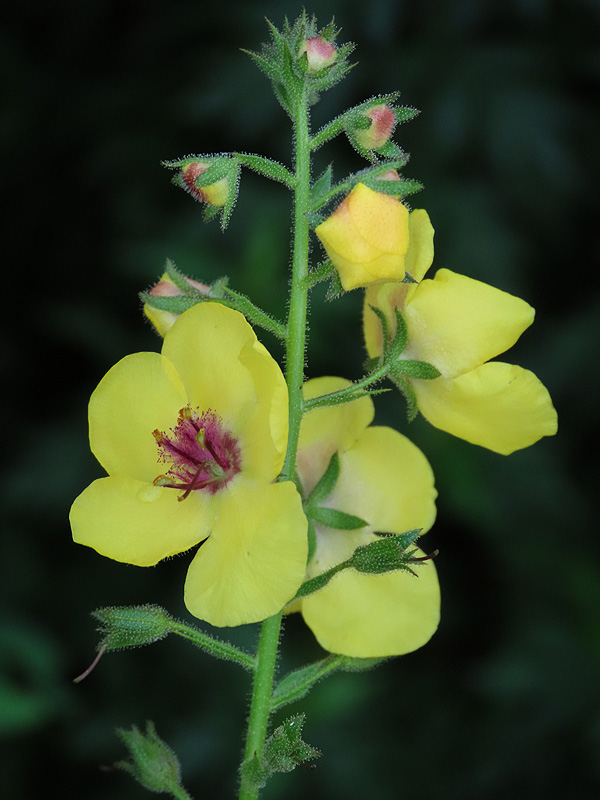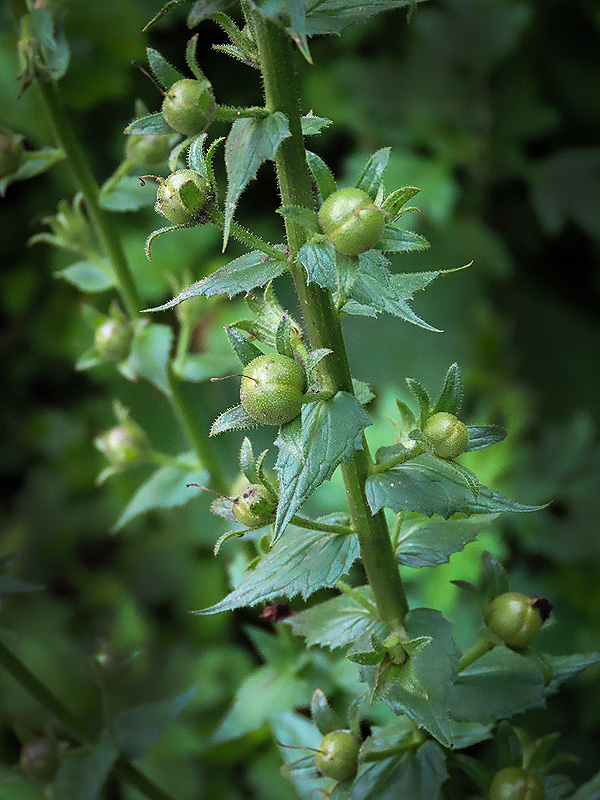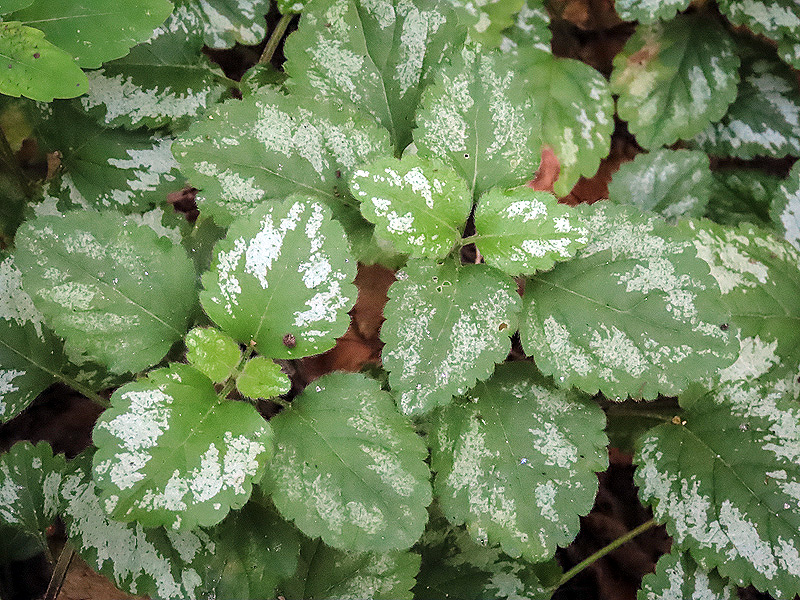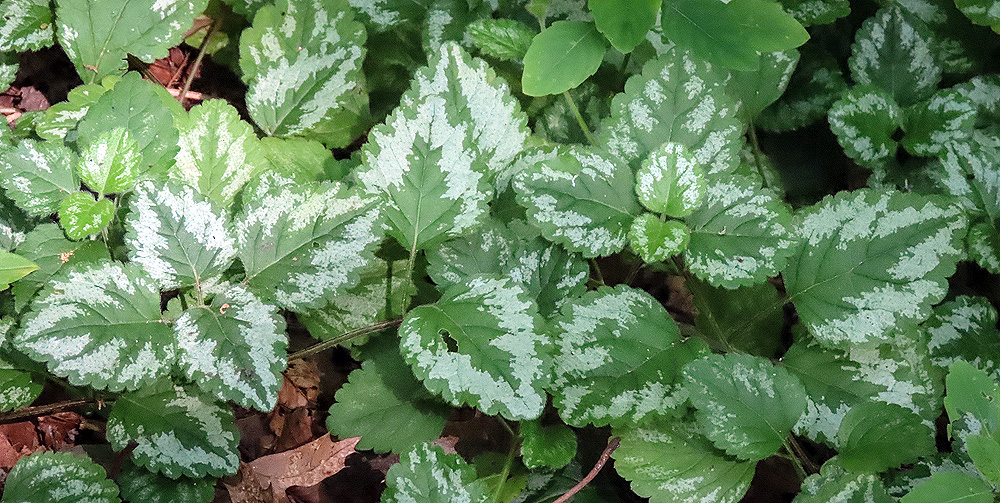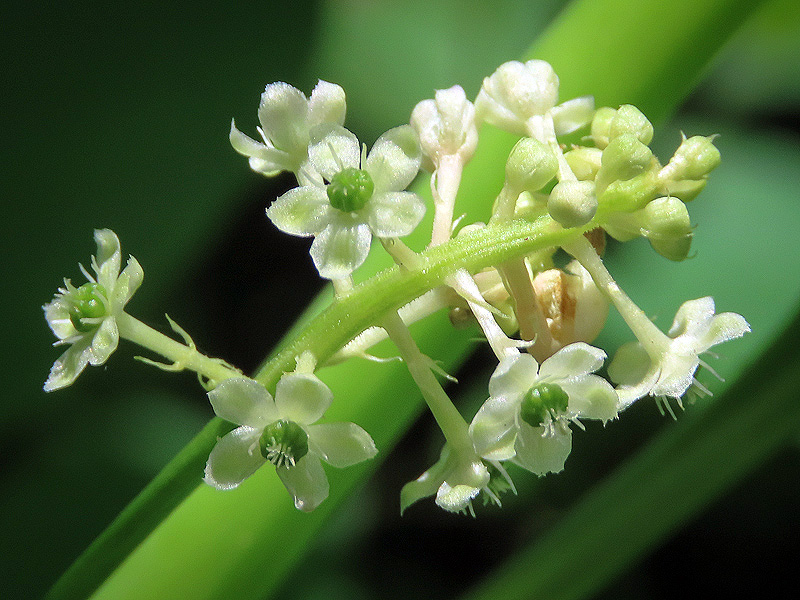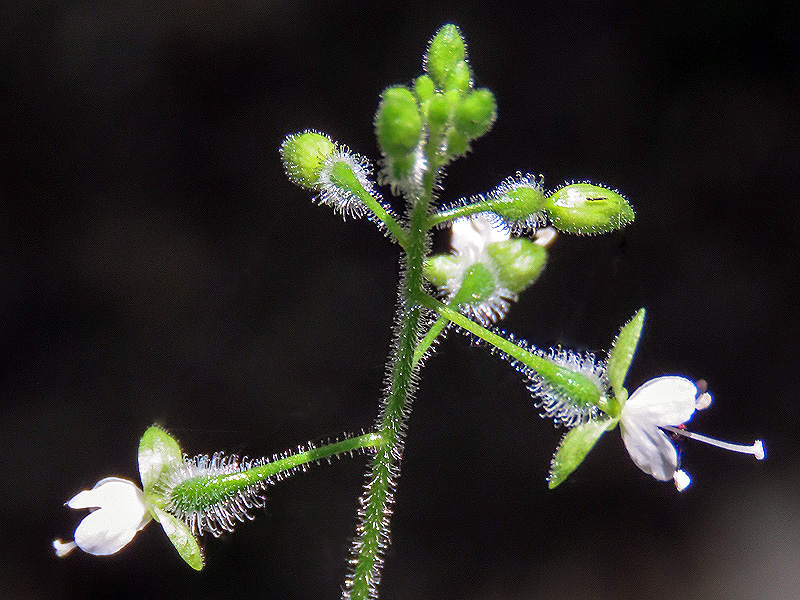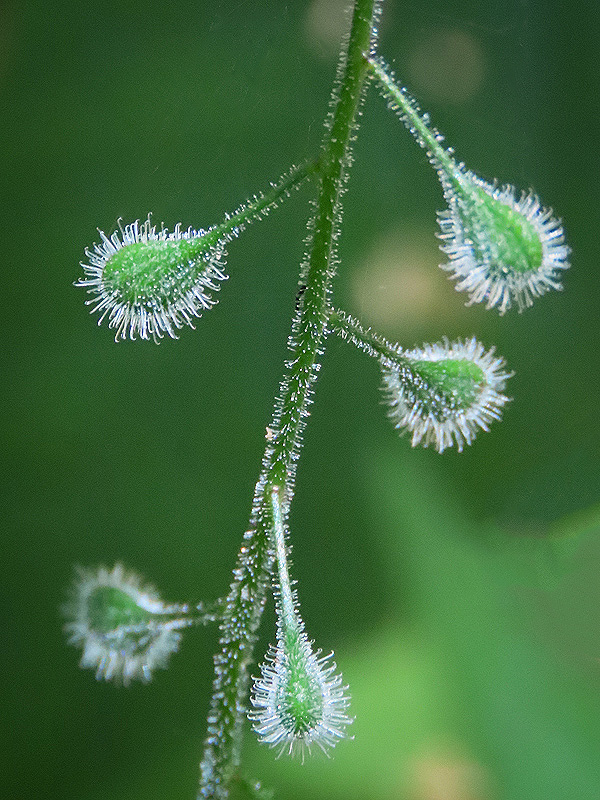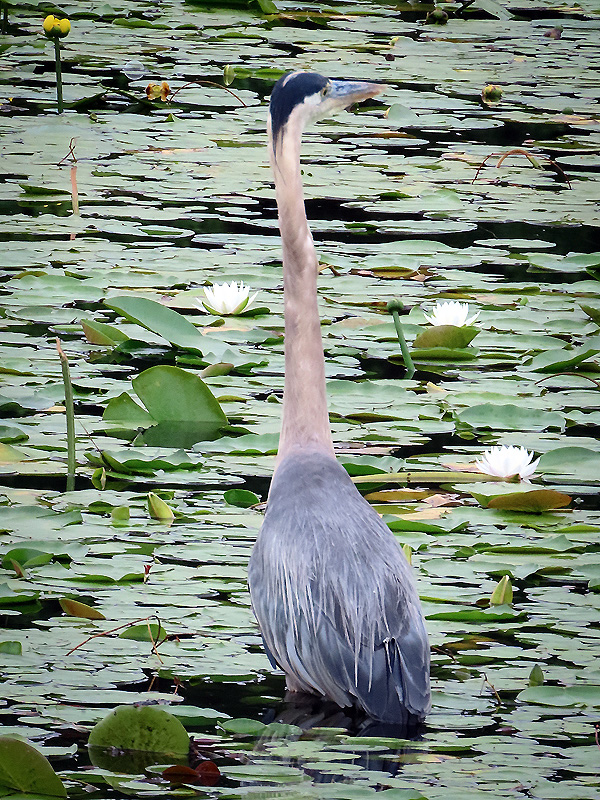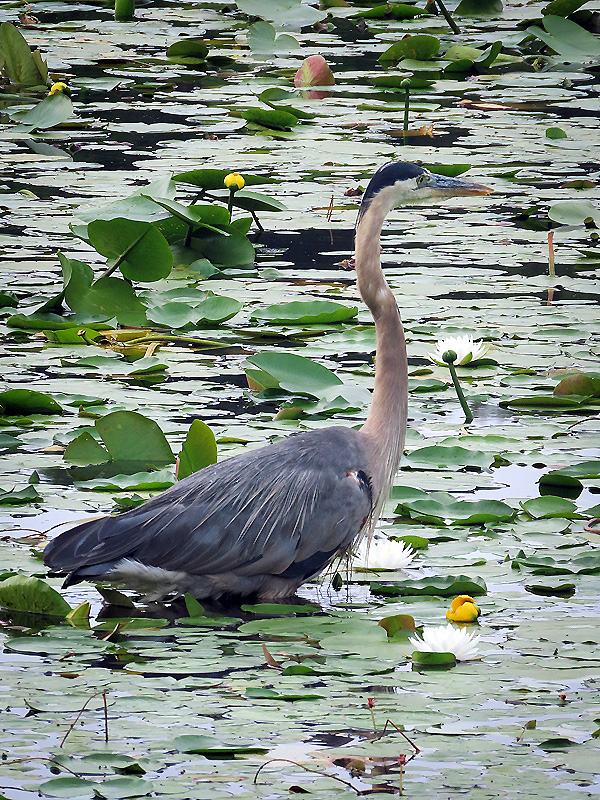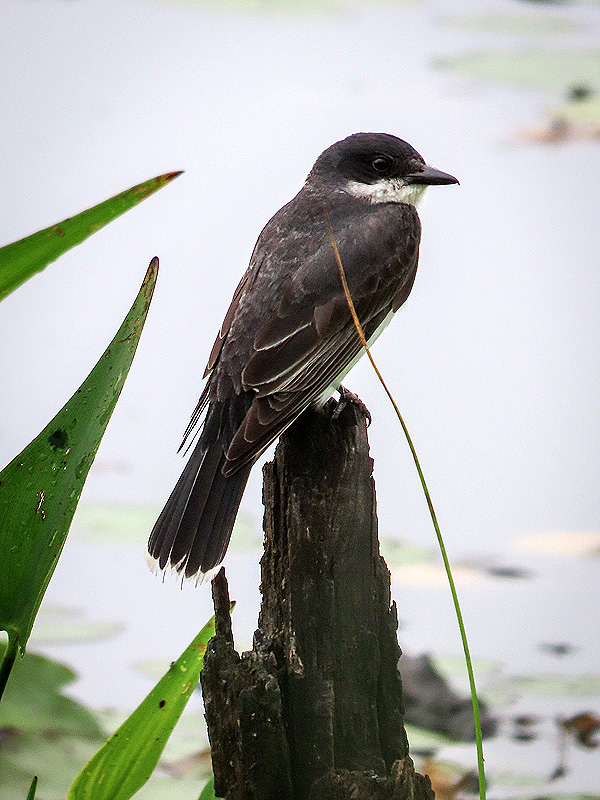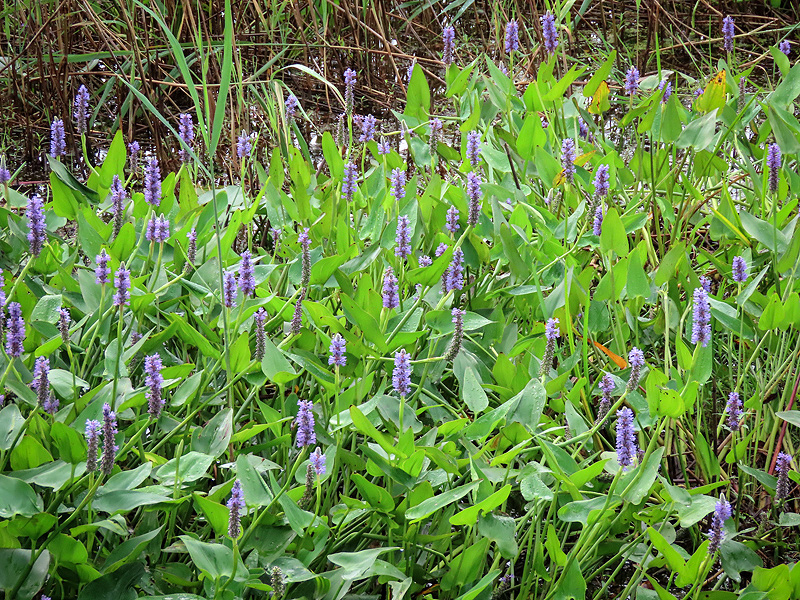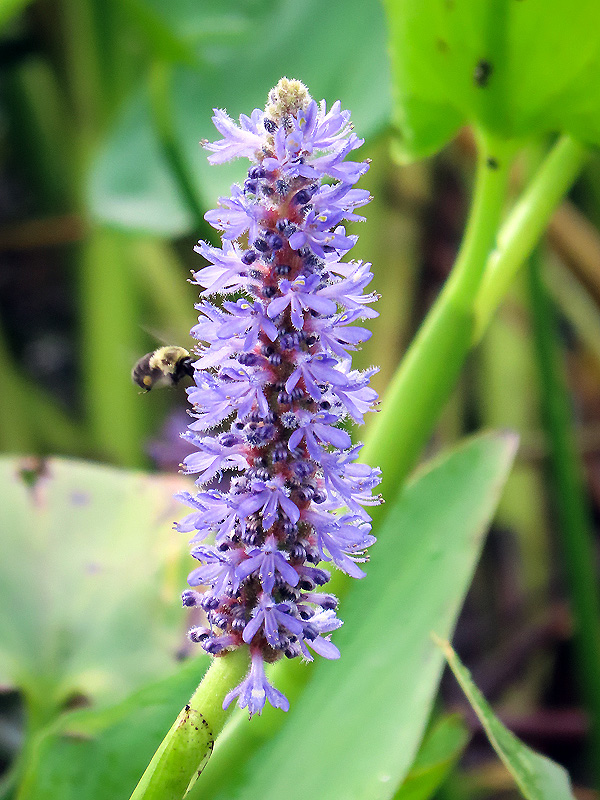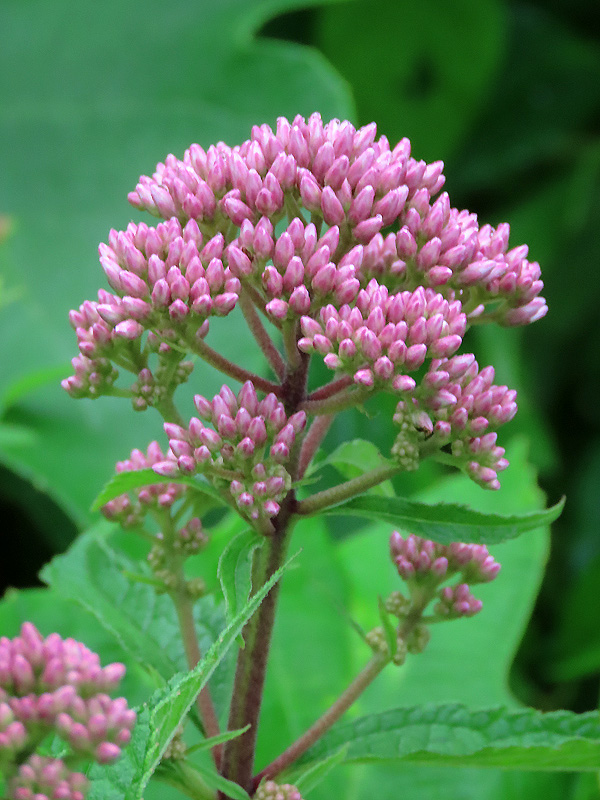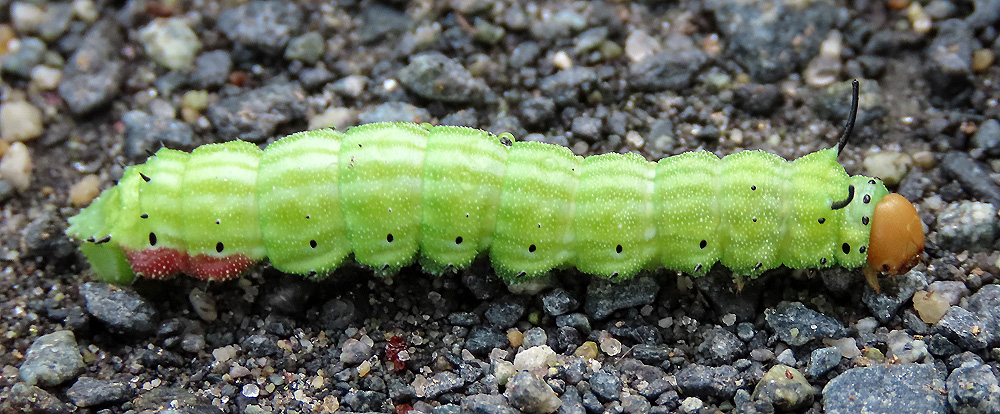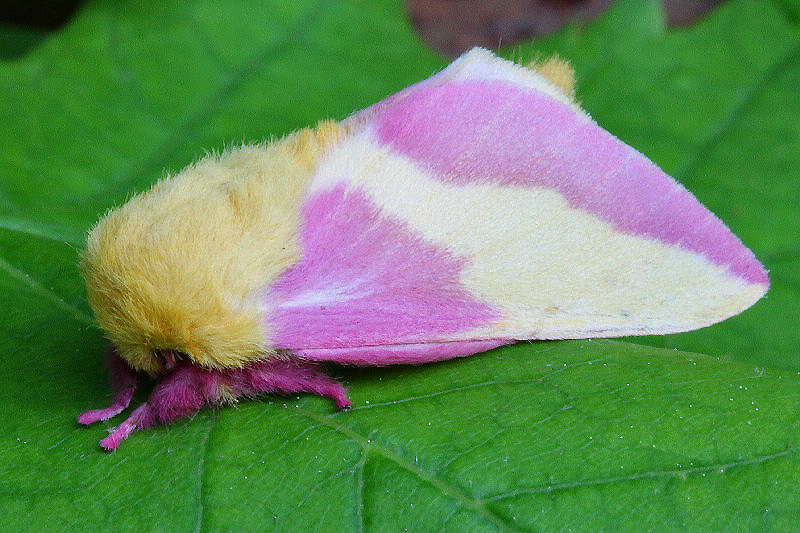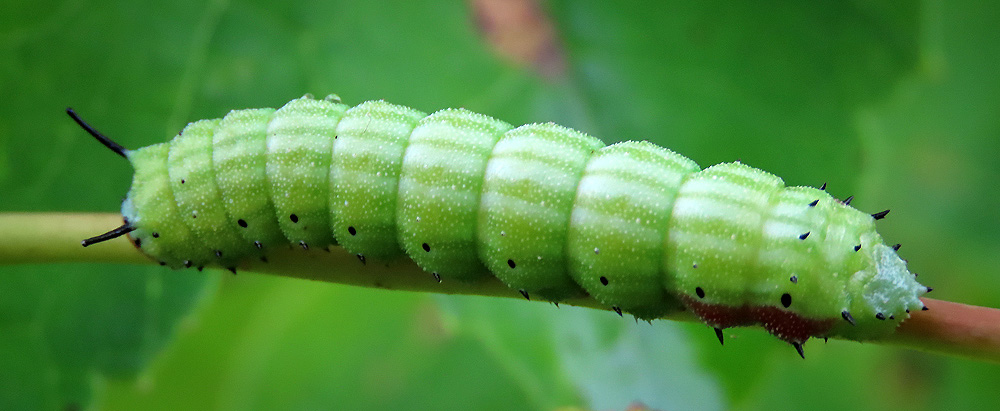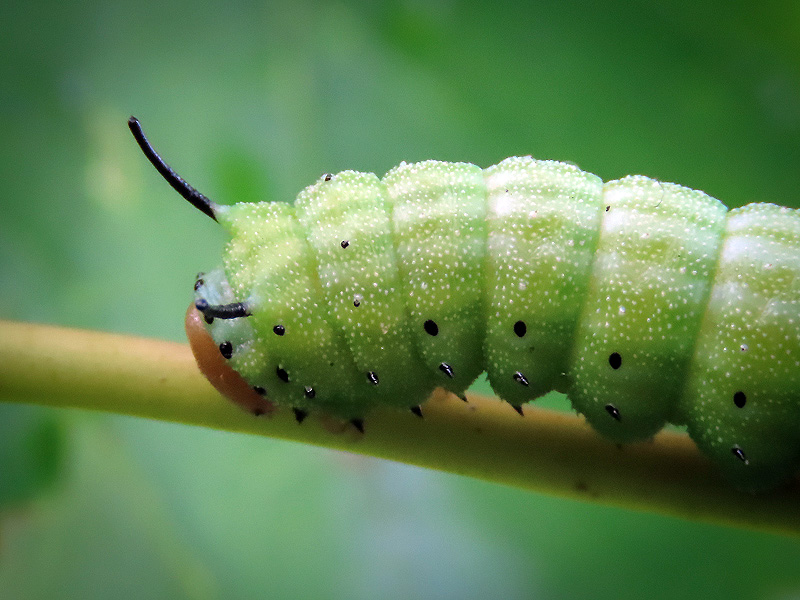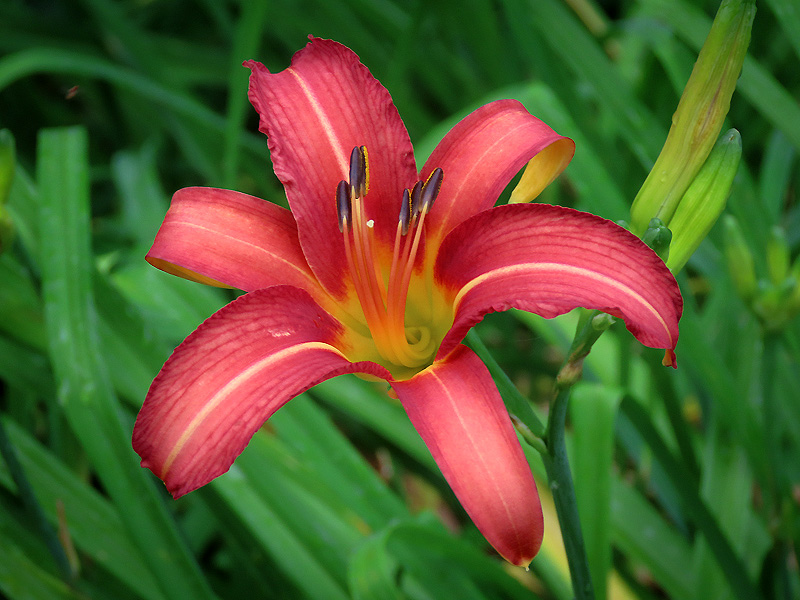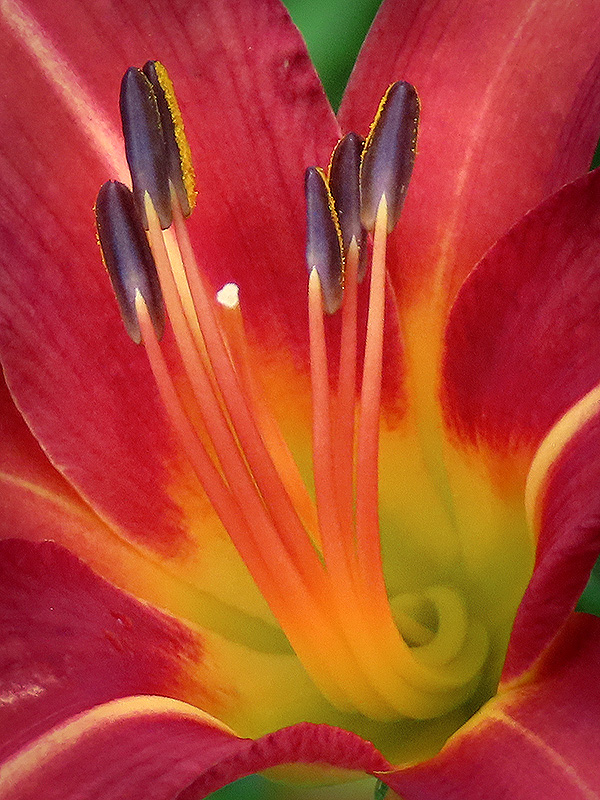Along the Air Line... 2019 - Summer, Part 6 The Air Line Trail in Eastern Connecticut - Stan Malcolm Photos |
HOME: Air Line... 2019 Pages Menu Stan's FlickR Albums |
July 15th. Another generation of White-marked Tussock Moth caterpillars (Orgyia leucostigma) is nearly mature. |
A Harvestman (Arachnid Order Opiliones, Probably Leiobunum sp.). |
Missing a leg and showing damage to the abdominal region. This Harvestman has had a close call. |
July 16th. Hedge Bindweed (Calystegia sepium - formerly Convolvulus sepium) at the Route 207 crossing. |
|
July 17th. Another White-marked Tussock Moth caterpillar (Orgyia leucostigma). |
The Great Blue Heron (Ardea herodius) that hangs out in the channel at Raymond Brook Marsh. Grooming. |
|
Common pose with one leg tucked up. |
Same bird, same spot, 20 minutes later. |
|
Buttonbush (Cephalanthus occidentalis). |
Last summer I found five Cecropia Moth caterpillars feeding on it. Will have to keep an eye out for more this year. |
Later, a stop at Cranberry Bog in East Hampton. Blue Vervain (Verbena hostata). |
|
One of a dozen Canada Geese (Branta canadensis) relaxing on the shore. |
|
|
|
A few minutes later eight more dropped it - with much honking from birds on the ground and in the air. |
|
|
Sweet Pea (Lathyrus odoratus). |
|
|
A Skipper (Family Hesperididae), possibly the Northern Broken Dash (Wallengrenia egeremet) on Swamp Milkweed (Asclepias incarnata). |
Fragrant Water-lilies (Nymphaea odorata). |
|
|
Stargrass (Hypoxia hirsuta). "Hirsuta" probably for the hairy leaves, stems, and buds. |
Final stop heading west from downtown East Hampton. Female Black Swallowtail (Papilio polyxenes). |
Just one plant with these unusual flowers. Guessing that it's an "escaped" ornamental. |
Look at all the glandular hairs. |
|
July 18th Addendum. I went back this morning and found yesterday's flowers fully open - along with two more plants that I'd overlooked. |
With many thanks to Doctors Sarah Taylor and Greg Anderson at UConn, I have an ID. They're Moth Mullein (Verbascum blattaria). Not an escaped ornamental as I'd guessed. |
The GoBotany website (https://gobotany.nativeplanttrust.org/species/verbascum/blattaria/?pile=alternate-remaining-non-monocots) writes, "Moth mullein is an introduced biennial weed of dry disturbed areas, with large white or yellow flowers." |
The leaves lower on the stem were somewhat arrowhead-shaped and arise below the developing fruits. |
A little further west, another plant that I think is an escaped ornamental. |
Sure enough, it's sold as Lamiastrum galeobdelon 'Variegatum" and has yellow flowers at some point. |
Pokeweed (Phytolacca americana) is blooming. |
Soon the flowers will give way to purple-black berries. |
Enchanter's Nightshade (Circaea quadrisulcata) started blooming a month ago. Note the velcro-like hooks on the green developing seed pod under each flower. |
Those seed pods are maturing fast and will soon be sticking to our shoes, socks, legs, and pets. |
July 18th. Great Blue Heron (Ardea herodius) in deeper water than usual. |
|
|
Eastern Kingbird (Tyrannus tyrannus). |
Pickerelweed (Pontederia cordata). |
Bees like it. |
Spotted Joe-Pye-weed (Eupatorium maculatum). |
Green-striped Mapleworm, caterpillar of the Rosy Maple Moth (Dryocampa rubicunda). |
(The moth looks like this.) |
I placed the caterpillar back on a maple leaf petiole, though it may have been on the ground looking for a place to pupate underground. |
These caterpillars have skin much tougher than that of any other moth or butterfly. |
An ornamental Day-lily (Hemerocallis fulva) at the Route 85 trailhead. |
|
